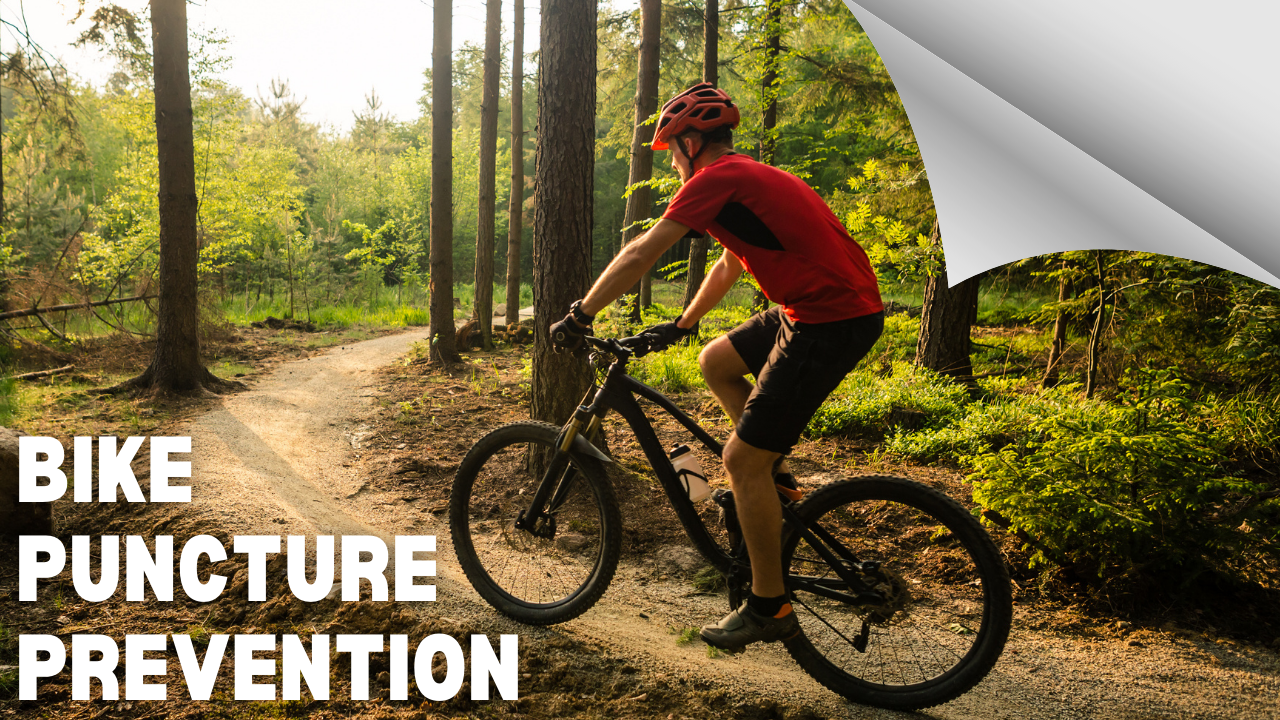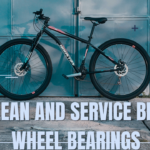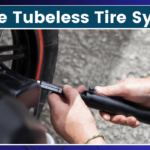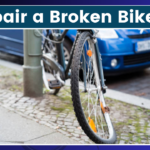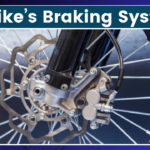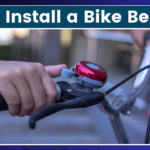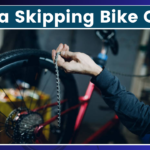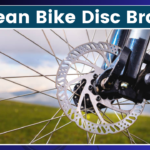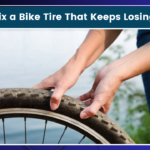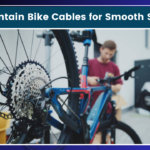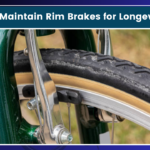Hey there, fellow cyclists! It’s your buddy Mike here, coming at you with some hard-earned wisdom on how to keep those pesky punctures at bay. You know the feeling – you’re cruising along, wind in your hair, when suddenly you hear that dreaded hiss. Yep, another flat tire. Well, fear not! I’ve been around the block a few times (literally), and I’m here to share some tips on how to avoid this common cycling headache.
Before we dive in, let me just say that I’ve got to run out for dinner in a bit, so let’s make this snappy, shall we? Don’t worry, though – I’ll make sure to cover all the important stuff before I head out.
First Things First
Alright, so what exactly causes punctures? Well, it’s not always the obvious culprits like nails or broken glass (though those are certainly guilty parties). Sometimes it’s the sneaky stuff you might not even notice:
- Sharp rocks or gravel
- Thorns or other plant materials
- Small pieces of metal or wire
- Worn-out tires with thin spots
- Pinch flats from hitting potholes or curbs
Now that we know what we’re up against, let’s talk prevention.
Choose Your Weapons (I Mean, Tires) Wisely
Listen, I know it’s tempting to go for those ultra-lightweight racing tires, but unless you’re competing in the Tour de France, you might want to consider something a bit more robust for everyday riding. Here are some options to consider:
- Puncture-resistant tires: These bad boys have an extra layer of protection built right in. They might be a tad heavier, but trust me, it’s worth it when you’re not changing flats every other ride.
- Tubeless tires: If you’re feeling a bit adventurous, tubeless tires are a great option. They use sealant instead of an inner tube, which can instantly seal small punctures as you ride.
- Wider tires: Counterintuitive as it may seem, wider tires can help prevent punctures. They distribute your weight over a larger surface area, reducing the chance of sharp objects penetrating the tire.
- Tire liners: These thin strips of material sit between your tire and inner tube, adding an extra layer of protection against punctures.
Oh, hold on a sec – my phone’s buzzing. Just got a text from my buddy Steve asking if I want to join him for a ride this weekend. Might have to take a rain check on that one, got a lot on my plate. Anyway, where were we? Ah yes, tire choice.
Pressure Matters: Keep Those Tires Pumped
I can’t stress this enough – proper tire pressure is crucial for preventing punctures. Here’s why:
- Underinflated tires are more likely to get pinch flats when you hit bumps or potholes.
- Overinflated tires can make your ride harsh and increase the risk of punctures from sharp objects.
So, what’s the sweet spot? Well, it depends on your weight, tire size, and riding conditions. Most tires have a recommended pressure range printed on the sidewall. Start in the middle of that range and adjust based on your comfort and riding style.
Pro tip: Invest in a good floor pump with a pressure gauge. Trust me, your arms (and your tires) will thank you.
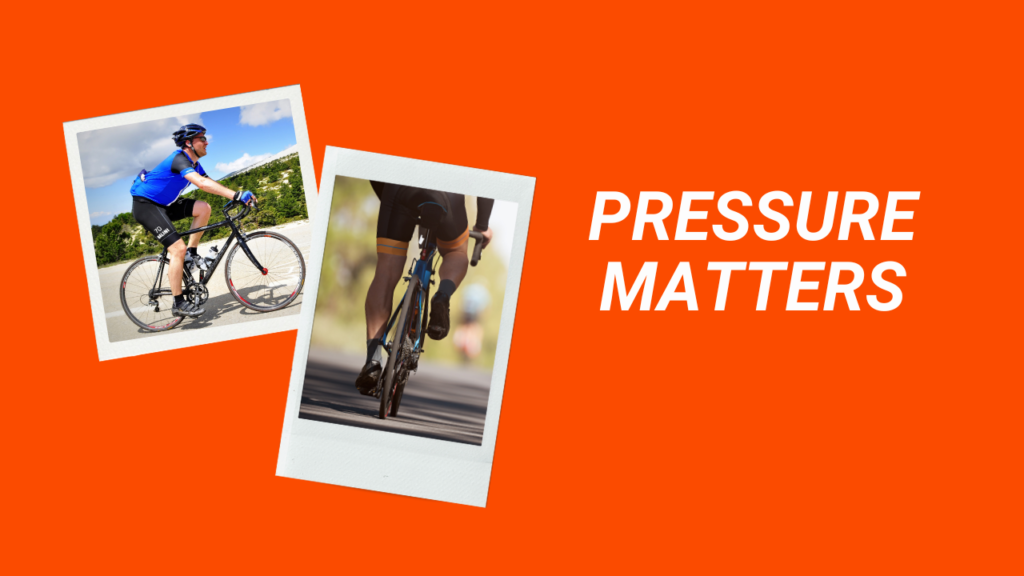
Keep It Clean
Alright, I know what you’re thinking – “Mike, I barely have time to ride my bike, let alone clean it!” But hear me out. A little regular maintenance can go a long way in preventing punctures:
- Inspect your tires before each ride: Look for any embedded objects, cuts, or worn spots.
- Clean your tires after riding in wet or muddy conditions: This helps remove any sharp debris that might have stuck to your tires.
- Replace your tires when they’re worn out: Don’t wait until you can see the casing through the tread!
Speaking of maintenance, I really should give my bike a once-over before heading out to dinner. Nothing worse than getting caught out with a mechanical issue, am I right?
Watch Where You’re Going (And Where You’re Parking)
This might seem obvious, but paying attention to your surroundings can save you a lot of headaches:
- Avoid riding through debris-filled areas when possible.
- Be extra cautious after rainstorms – water can wash sharp objects onto the road.
- When stopping, try to avoid parking your bike in areas with broken glass or other sharp objects.
Oh, and here’s a personal anecdote for you – I once got a flat tire because I leaned my bike against a thorny bush while taking a break. Learn from my mistakes, folks!
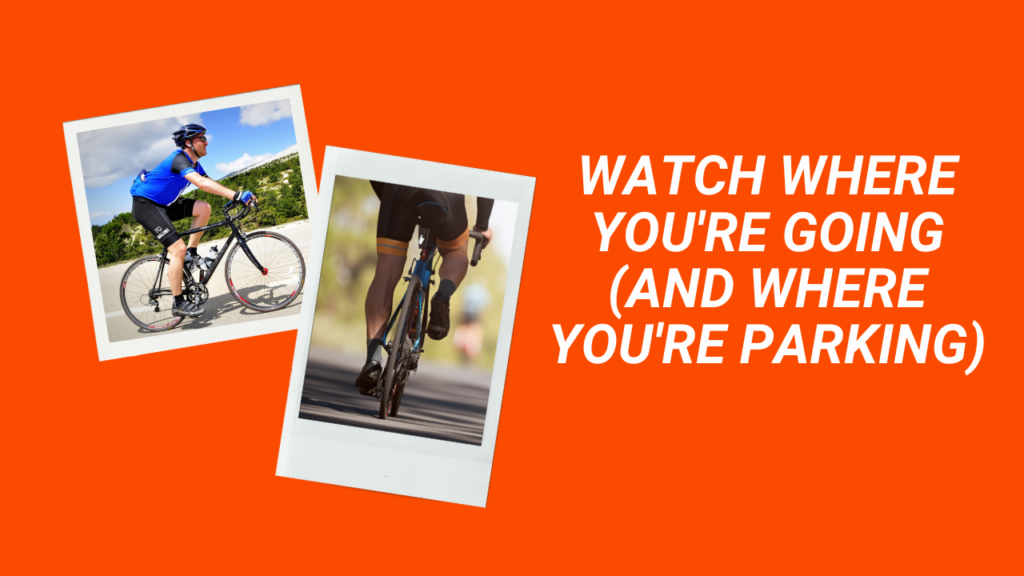
Beef Up Your Arsenal
Alright, we’ve covered the basics, but for those of you who want to go the extra mile (pun intended), here are some additional tools you might want to consider:
- Tire sealant: Even if you’re not running tubeless, you can add sealant to your tubes for extra protection.
- Tire boots: These handy patches can be used to repair small cuts in your tire, potentially saving you from a flat.
- Puncture-resistant inner tubes: These are thicker than standard tubes and provide an extra layer of protection.
Remember, though – no prevention method is 100% foolproof. Always carry a spare tube, tire levers, and a pump or CO2 inflator, just in case.
The Great Debate: To Rotate or Not to Rotate?
Now, here’s a topic that gets cyclists more fired up than discussing whether pineapple belongs on pizza (it doesn’t, by the way – fight me). Should you rotate your bike tires?
Some folks swear by it, claiming it helps even out wear and extends tire life. Others say it’s unnecessary for bike tires. I’m in the “rotate occasionally” camp, especially if you notice uneven wear. But hey, you do you.
Wow, would you look at the time? I’ve got to start getting ready for dinner soon. But before I go, let me leave you with a few final thoughts.
Wrapping It Up
At the end of the day, preventing punctures is all about being proactive. Choose the right tires, maintain them properly, and stay aware of your riding environment. But also remember – sometimes, despite your best efforts, you’re going to get a flat. It’s just part of the cycling experience.
The key is to not let the fear of punctures keep you from enjoying your rides. With the right preparation and mindset, you can tackle any flat tire situation with confidence.
Oh, and one last thing – don’t forget to enjoy the ride! There’s nothing quite like the freedom of cruising on two wheels, puncture-free or not.
Alright, folks, I’ve got to run. My stomach’s starting to growl louder than my bike’s squeaky chain (note to self: add “lube chain” to the to-do list). Remember, keep the rubber side down and the air pressure up!
Until next time, happy cycling!
